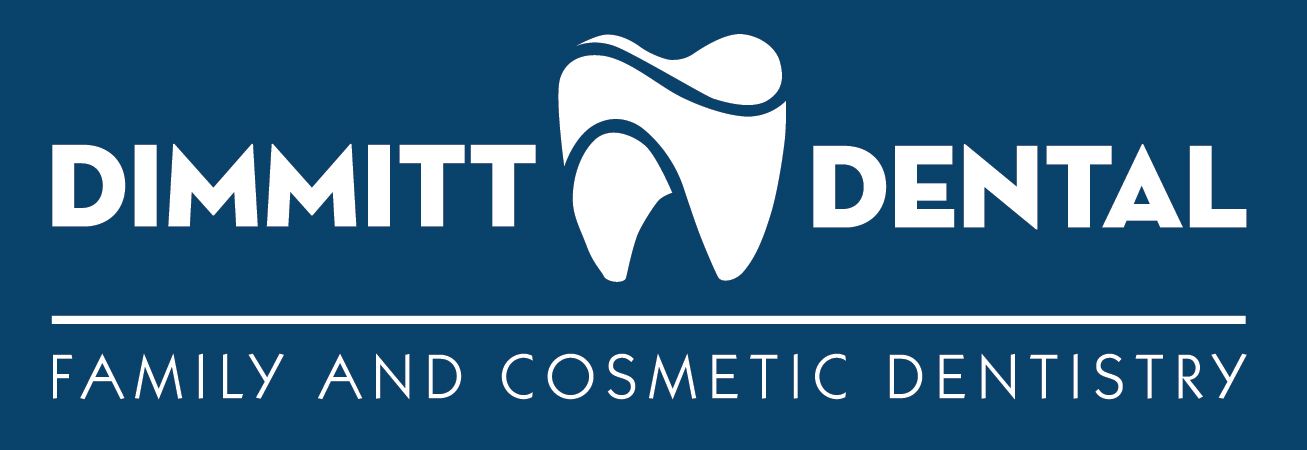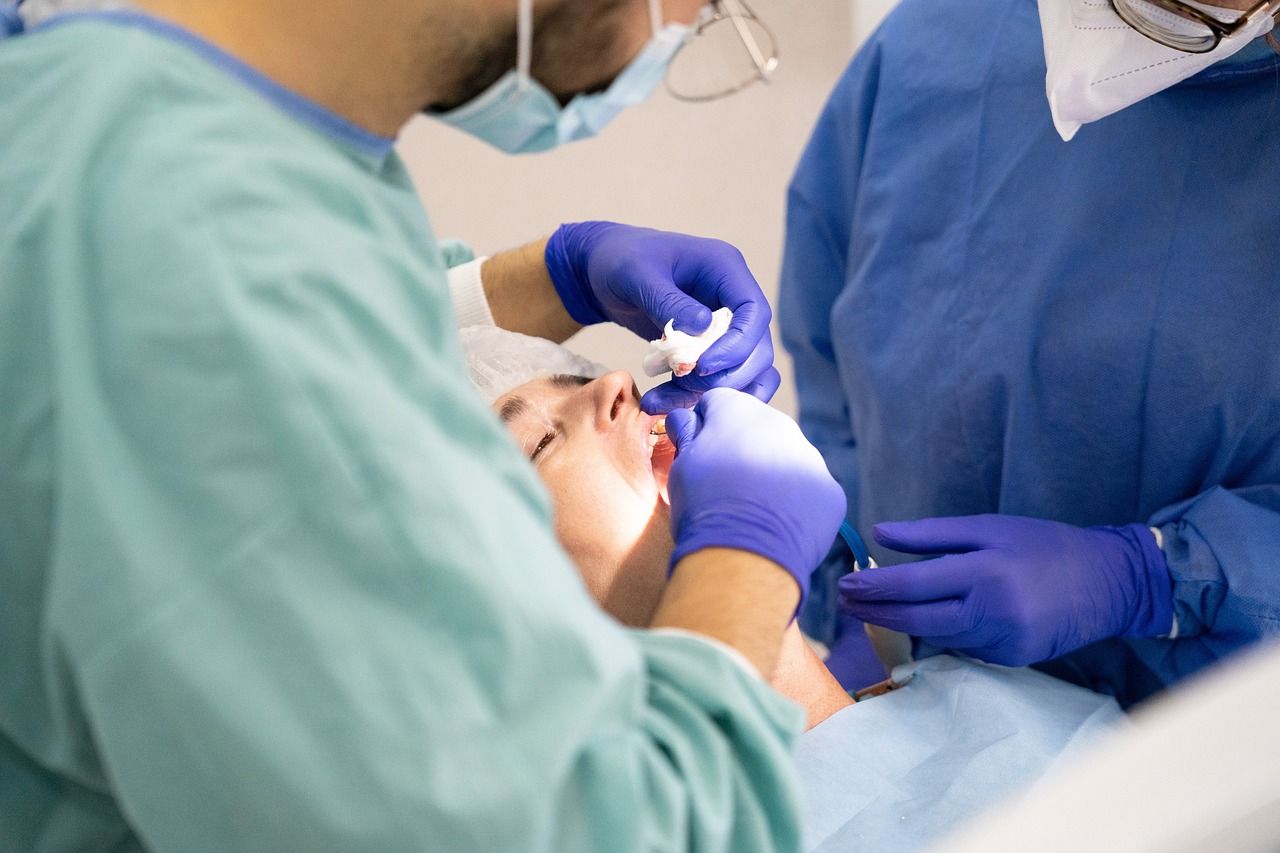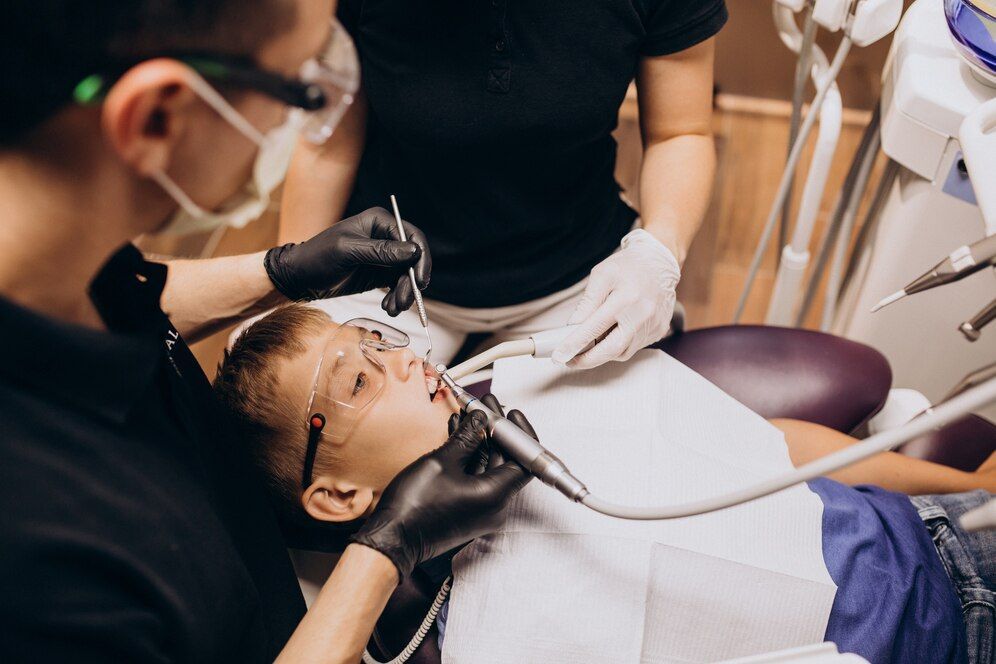Dental Emergencies: Recognizing the Signs and Responding Accordingly
Dental emergencies can strike at any time, and knowing how to recognize the signs and respond accordingly is crucial in protecting your family's oral health. As a family and cosmetic dentist in Dimmitt, TX, Dimmitt Dental understands the importance of prompt and appropriate care for dental emergencies. This article aims to provide readers with valuable information about different types of dental emergencies, their symptoms, and what to do when faced with a dental crisis.
A dental emergency refers to any oral health issue that requires immediate attention from a dental professional to alleviate severe pain, stop bleeding, or prevent further damage to the teeth, gums, or surrounding bone structure. Knowing the symptoms of a dental emergency is crucial in ensuring timely intervention from a dental care professional. Symptoms may include severe pain, swelling, bleeding, or visible signs of damage to the teeth or gums.
When faced with a dental emergency, contacting your dentist as soon as possible is essential. Many dental practices offer emergency services and can guide how to manage the situation until you can receive professional care. Furthermore, understanding basic first-aid measures for various dental emergencies can help minimize pain, reduce the risk of further damage, and improve the chances of a successful recovery.
In the following sections, we will discuss each dental emergency in greater detail, highlighting essential first-aid measures and tips to help you navigate these challenging situations. Prepare yourself to respond appropriately to dental emergencies, and ensure that your family receives the optimal care necessary for preserving their oral health.
Toothaches: Symptoms and First Aid
Toothaches can be excruciating, and severe or persistent tooth pain may indicate a dental emergency. Common causes for toothaches include:
- Tooth decay
- Abscesses
- Damaged or cracked teeth
- Impacted wisdom teeth
- Infections
If you or a family member experiences a severe toothache, follow these steps:
1. Rinse your mouth with warm water to remove any debris.
2. Gently floss between teeth to dislodge any stuck food particles.
3. Take over-the-counter pain relievers like ibuprofen or acetaminophen, but do not place aspirin directly on the affected tooth or gums.
4. Avoid hot, cold, or sweet foods and drinks that may aggravate the pain.
5. Contact your dentist for an emergency appointment.
Broken, Chipped, or Knocked-Out Teeth: Symptoms and First Aid
Injuries resulting in broken, chipped, or knocked-out teeth require immediate attention for the best chances of preserving the tooth. If you or a family member sustains such an injury, follow these steps:
1. For a broken or chipped tooth, save any fragments and rinse them gently with water.
2. Rinse your mouth with warm water and apply a cold compress on the outside of the affected area to minimize swelling.
3. Pick it up by the crown (the visible part of the tooth) for a knocked-out tooth, not the root. Rinse the tooth gently to remove dirt, but avoid scrubbing or removing any attached tissue.
4. If possible, reinsert the knocked-out tooth into the empty socket, ensuring it's properly oriented. Gently bite down on a clean cloth or gauze to hold it in place.
5. If reinsertion is not possible, store the tooth in a small container filled with milk or a commercial tooth preservation solution. Avoid using water to store the tooth, as it can cause damage.
6. Contact your dentist immediately for an emergency appointment, as the first 30 minutes to an hour after the incident are crucial for successful reattachment.
Dislodged or Lost Fillings and Crowns: Symptoms and First Aid
Fillings and crowns can become loose or dislodged due to decay beneath the restoration or trauma from an injury. If you or a family member experiences a dislodged or lost filling or crown, follow these steps:
1. Retrieve the filling or crown if possible and clean it gently with water.
2. If it's a crown, attempt to reattach it temporarily using dental cement or denture adhesive available at most drugstores. Do not use household glue.
3. If reattaching the crown isn't possible, store it safely until your dental appointment.
4. For lost fillings, apply dental cement or temporary filling material to the cavity to protect the exposed tooth.
5. Contact your dentist to schedule an appointment for restoration, repair, or replacement. Although a dislodged filling or crown may not always qualify as an emergency, addressing the issue promptly is essential to prevent further damage or discomfort.
Abscesses, Gum Infections, and Soft Tissue Injuries: Symptoms and First Aid
Dental abscesses, gum infections, and soft tissue injuries can be painful and, if left untreated, potentially dangerous. If you or a family member experiences any of these issues, follow these steps:
1. For abscesses or gum infections, rinse your mouth with a warm saltwater solution to help alleviate pain and reduce inflammation. Mix 1/2 teaspoon of salt in 8 ounces of warm water.
2. For soft tissue injuries such as cuts or lacerations, gently clean the wound with a mild, non-alcoholic mouth rinse or water and apply direct pressure using a clean cloth or gauze to control bleeding.
3. Apply a cold compress to the outside of the affected area to minimize swelling and discomfort.
4. Contact your dentist or go to the nearest emergency room, depending on the severity of the injury or infection. In some cases, antibiotics or other treatments may be required to manage the issue.
Conclusion
Dental emergencies can be distressing, but understanding the types, symptoms, and appropriate first-aid measures is invaluable in navigating these situations effectively. By familiarizing yourself with this information, you can help protect your family's oral health and ensure the best possible outcome when faced with a dental crisis.
If you require
emergency dental care or have concerns about your family's oral health, don't hesitate to contact Dimmitt Dental. Our experienced team is dedicated to providing comprehensive, compassionate care for all your dental needs. Schedule an appointment with us today.
HOURS
- Monday
- Closed
- Tue, Thu
- - -
- Wednesday
- -
- Friday
- - -
- Sat - Sun
- Closed
All Rights Reserved | Dentist Websites by Energize Group




